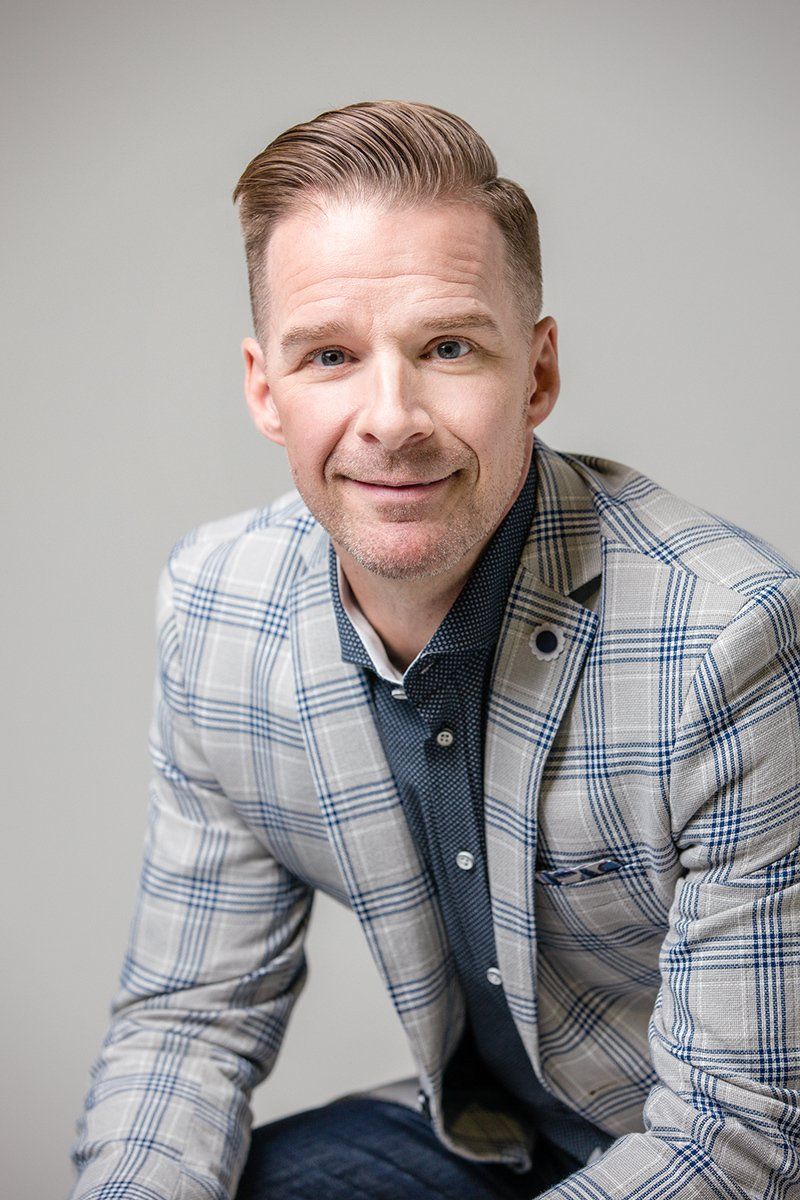New Paragraph
Mortgage Deferrals and COVID 19
One week into “quasi” lockdown and it certainly has been an interesting one. It is hard to know where to start so I will start with a THANK YOU and a sincere appreciation for all health care professionals and first responders. We are all thankful for all that you do.
To sum up this week in the world of mortgages is probably tough to do in a weekly blog and I probably should be doing daily ones right now, but with everyone stuck at home social distancing, I’m working on keeping sane . The top requested item this week is mortgage deferrals.
. The top requested item this week is mortgage deferrals.
The government and CMHC being proactive on behalf of all banks and lenders said there would be solutions for Canadians impacted by COVID-19. They would be offering up to 6 months of payment deferrals on insured mortgages. This announcement, made March 13, seemed to be without any consultation or coordination with any lenders, which I guess can be expected during times like this where things are evolving minute by minute. Here was the original announcement:
I certainly do not disagree with the intention, but the execution has become nothing short of a debacle which has led to further panic and some people waiting on hold for up to 3 hours to get through to their lenders. All Mortgage Lenders including the Big 6 banks quickly responded with a coordinated effort and made a joint declaration earlier this week to support these payment deferrals. I think all parties woefully underestimated the impact of this announcement and lenders have now been hit with call volumes that have in some cases gone from the 600 calls per day to 3200 calls per day and one major lender had received over 24,000 email requests requesting information on payment deferrals in one day. The sheer magnitude of requests is staggering and causing a drag on all financial services companies and mortgage lenders. This at a time when mortgage application volumes have risen quickly.
I will try to do my part and shed some light on things we should be thinking about prior to requesting these now-infamous payment deferrals. First, let me start with the fact that there should be an immediate need or impending need. The stories are beginning to mount and we all either know someone that has been laid off or directly impacted by COVID-19 or you have been impacted. This is becoming the true financial tragedy of this pandemic. For those people, there is a potential immediate need which was the intention of the programs. For those still working and have emergency funds set aside today this would not be considered the target of this program.
Understanding things can change, but from what I have heard from lenders they are now trying to triage requests into an immediate need which would be those who have been adversely impacted and have mortgage payments coming out now or next week. The next tier would be those who have payments in the coming weeks or months and who have lost jobs or been laid off or impacted by COVID 19.
The next point would be these are payment deferrals. This means lenders are putting your payments on hold, they are not waived or disappearing. So in extreme cases, there can be up to 6 months, but please be clear these mortgage payments are not disappearing, they are just being put on hold or deferred. The financial costs to delaying these payments and having interest compounded can be very expensive when looked at over the term of a mortgage or the life of a mortgage. I will not go into detail on the actual costs, suffice to say if you do not have income coming in and you have depleted your savings this is one of the ONLY options and should be considered to help bridge the gap and help maintain your credit history. Please reach out to me directly if you have a situation and I can offer some guidance or solutions prior to calling your lenders who have now become overrun with all inquires. I can be reached at cory@coryvance.ca.
Please also keep in mind the intent of this program is to help in cases of hardship and you may be asked some qualifying questions so the lender can assess or show need. It is also important to understand how the payment deferral will work. Will it be delayed until the end of your mortgage term and impact your ability to switch or move your mortgage at the renewal date? The other big thing to consider is for those who have switched or got new mortgages in the past year. There may not be equity built up in the property yet and each lender may have to take that into consideration when assessing if they can defer payments. Once again I know I am posing more questions than answers, but with many different lenders involved each will have their own way of assessing the request much the same as each lender assesses new mortgages differently. All lenders continue to stress things will be looked at on a case by case basis.
Once again I would encourage anyone who is impacted at any level or those that may be impacted to contact me so we can have a conversation to assess some of your options. I can be reached at cory@coryvance.ca and over the next little while this will be the best way to reach me and I can follow up to schedule a call to discuss further.
On another note in mortgages and this may take most by surprise, but mortgage rates are GOING UP. Now you are saying Cory what are you talking about, the Bank of Canada just lowered rates last week. Yes, but once again in my last post on Friday, March 13 we had started to see bond yields increasing which means fixed mortgage rates would trend higher. Well, that trend continued this week and bond yields were up almost .50% this week from the all-time lows. SEE CHART showing the 5 year Government of Canada bond yields from the Bank of Canada website.
Expect to see fixed mortgage rates in the higher 2.00% range and moving above 3.00% soon.
This is not surprising because we knew all-time low rates would be short-lived and they would come up even quicker than they have come down. However, the other factor which is impacting rates, even more, is the liquidity and risk pricing that has started to skyrocket. This is when banks do not want to lend to each other, to businesses or even consumers because of the increased risk of not being paid back. This is the same as what we saw in Fall 2008 and Spring 2009 during the financial meltdown. We have now started to see variable-rate mortgages remove their discounts. So there is no more prime – 1.00% discounts on variable mortgages. These discounts with some lenders have gone down to prime or prime + .10%. The prime rate is currently 2.95% after we saw decreases of 1.00% this month and we may see further decreases. So for those with current variable discounts prime – .50% or more you should be well-positioned as we look to whether the pending storm.
At this point, I am going to stop and once again encourage any past clients or new clients to reach out so we can discuss your situation. These are challenging times for all of us and I can assure you there is no judgment on situations that have spiralled beyond your control. However the sooner we can take action the better, instead of waiting until some of your options disappear.
This brings me to one final comment on additional measures introduced under the government’s $82 billion aid plan this week which can be found here
I would encourage any that have been impacted to start the search here because you may qualify for some additional funds directly from the government which could help to make those mortgage payments before you think about deferring payments.
Stay well.
Cory
Share
RECENT POSTS


STAY INFORMED
Subscribe to my newsletter




